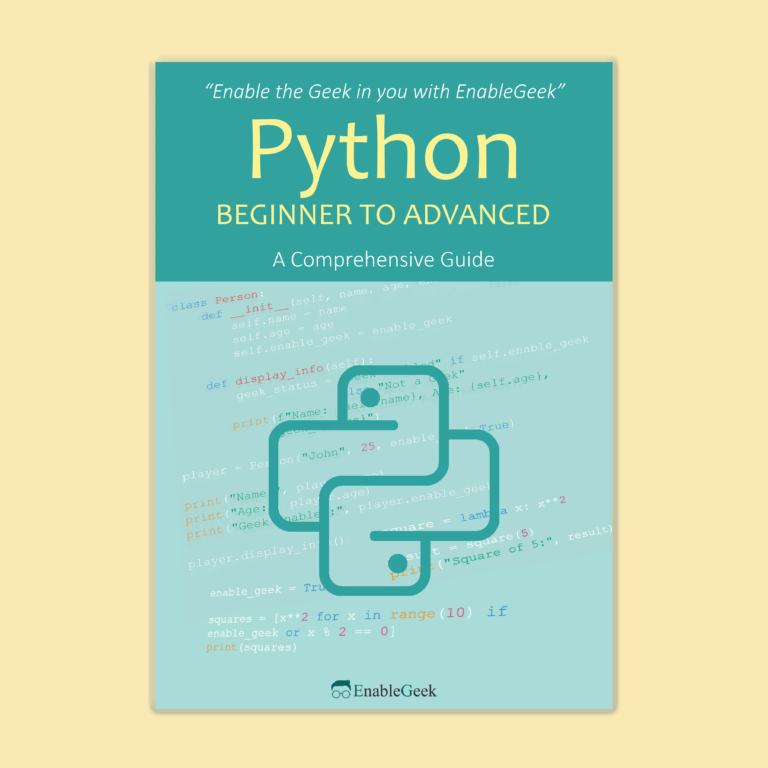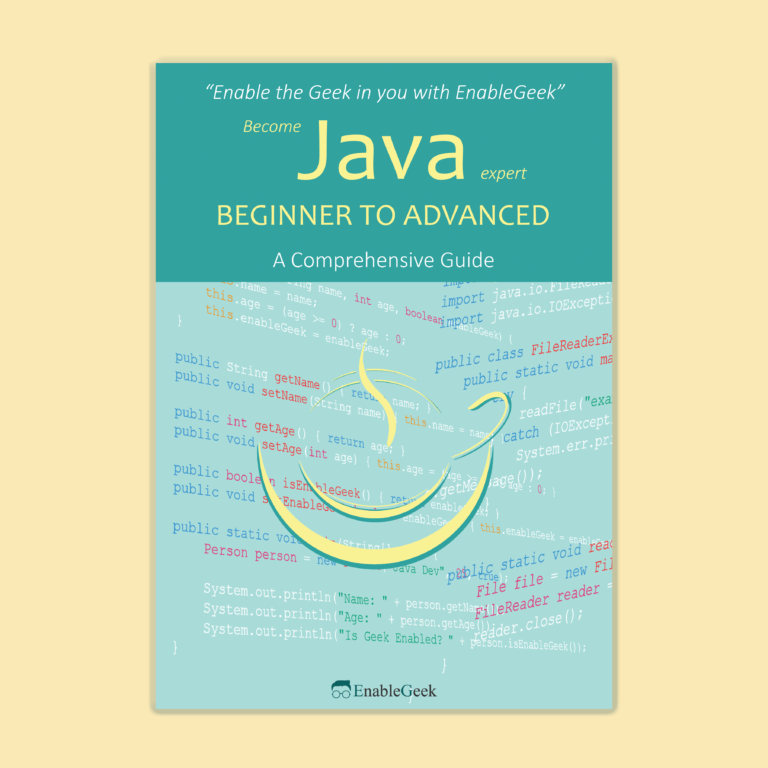- Home
- /
- JavaScript
- /
- Page 8
Tutorial Series: JavaScript
JavaScript is a high-level, dynamic, and interpreted programming language that is used primarily for developing web applications. It is one of the core technologies of the web, along with HTML and CSS.
JavaScript was originally developed in the mid-1990s by Brendan Eich at Netscape Communications Corporation and has since become one of the most widely used programming languages in the world. It is supported by all major web browsers and can also be used on the server side with technologies such as Node.js.
Some of the key features of JavaScript include:
Client-side scripting: JavaScript is primarily used for client-side scripting, which means that it runs in the user’s web browser and can be used to create dynamic and interactive web pages.
Event-driven programming: JavaScript is an event-driven language, which means that it responds to user actions and other events, such as page loads and form submissions.
Object-oriented: JavaScript is a fully object-oriented language, which means that everything in JavaScript is an object.
Functional programming: JavaScript supports functional programming techniques, such as first-class functions and closures.
Cross-platform compatibility: JavaScript is supported by all major web browsers and can also be used on the server side with Node.js.
JavaScript is used extensively in web development for creating interactive user interfaces, form validation, and dynamic content. It is also used for developing server-side applications with Node.js, and for creating desktop and mobile applications with frameworks such as Electron and React Native.
Convert Object to Map in JavaScript
Scroll to Top in jQuery
JavaScript Move Element
Add Key Value Pair to Object Javascript
React For Loop
Href JavaScript void
JavaScript post request like a form submit
Scaling Series Markers to Match Line Chart Marker Sizes in Highchart
Implementing readline() for User Input in Node.js

Check Our Ebook for This Online Course


Advanced topics are covered in this ebook with many examples.
